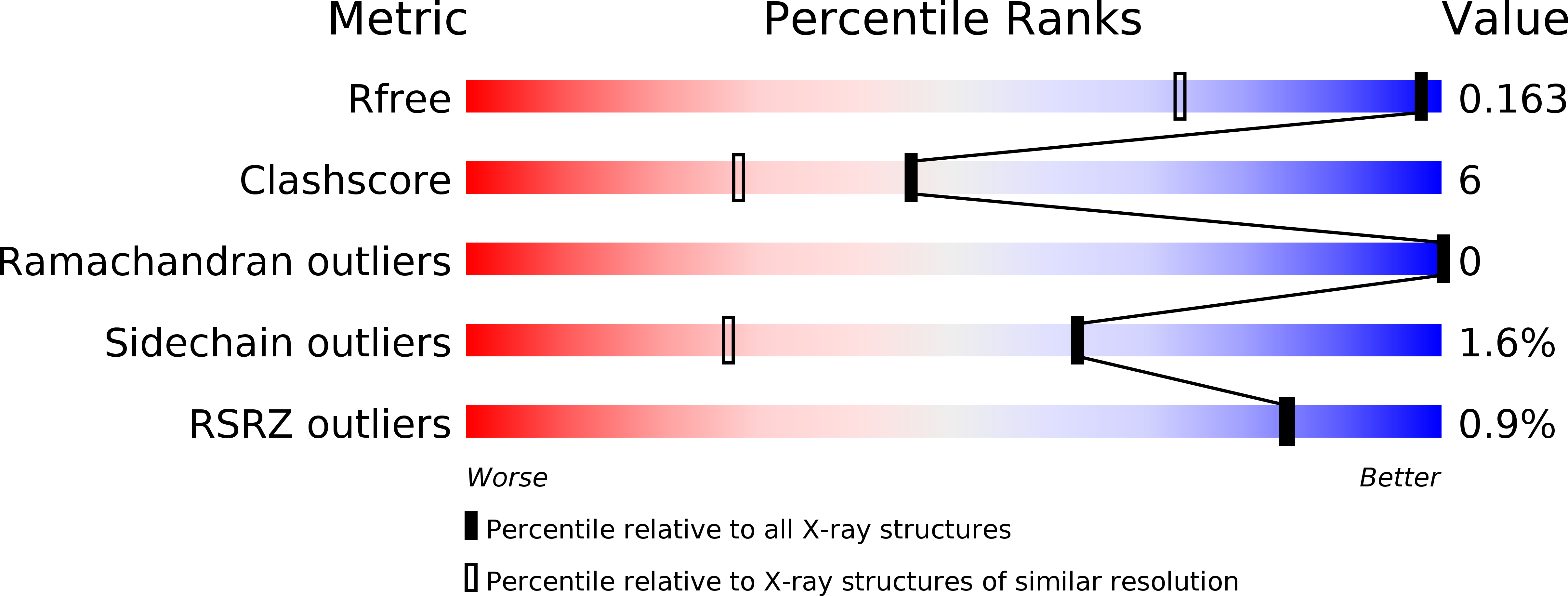
Deposition Date
2003-08-11
Release Date
2003-11-25
Last Version Date
2024-11-06
Entry Detail
PDB ID:
1OLR
Keywords:
Title:
The Humicola grisea Cel12A Enzyme Structure at 1.2 A Resolution
Biological Source:
Source Organism:
HUMICOLA GRISEA (Taxon ID: 5527)
Host Organism:
Method Details:
Experimental Method:
Resolution:
1.20 Å
R-Value Free:
0.15
R-Value Work:
0.13
R-Value Observed:
0.13
Space Group:
P 43 21 2


